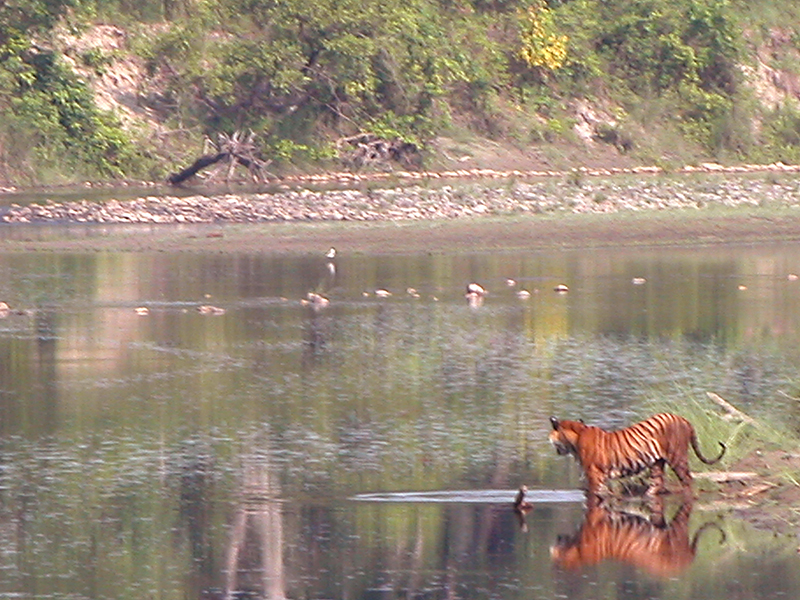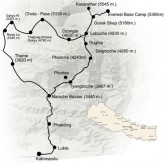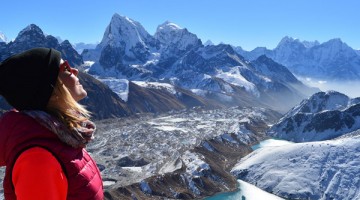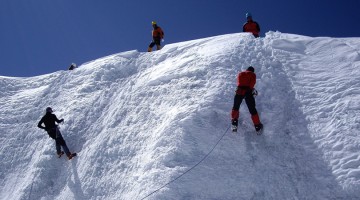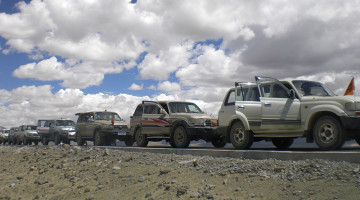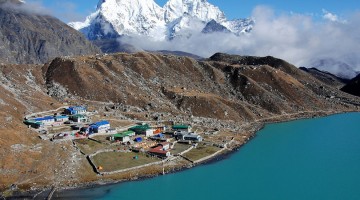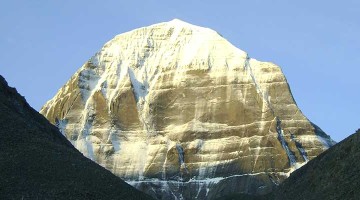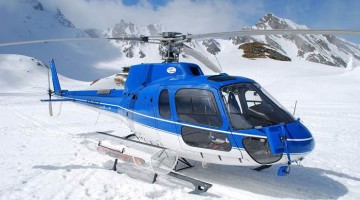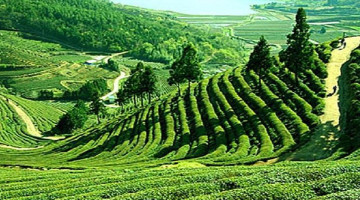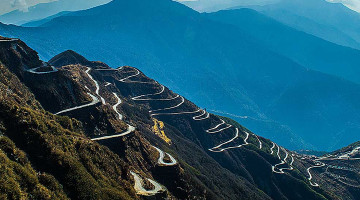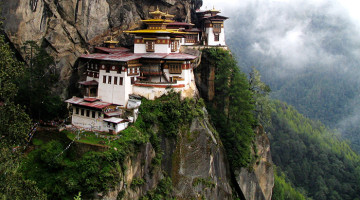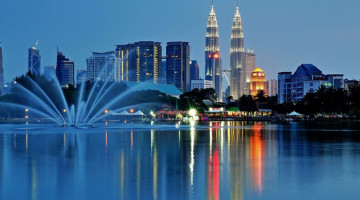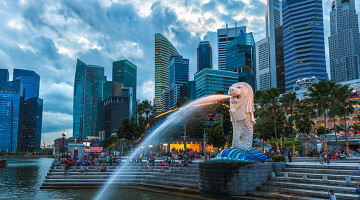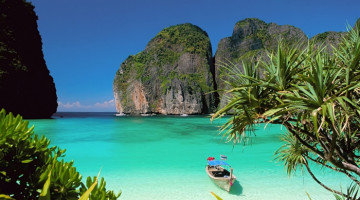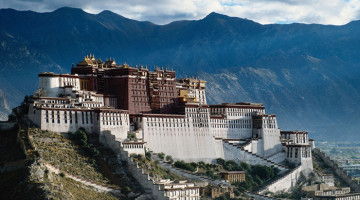Outline Itinerary
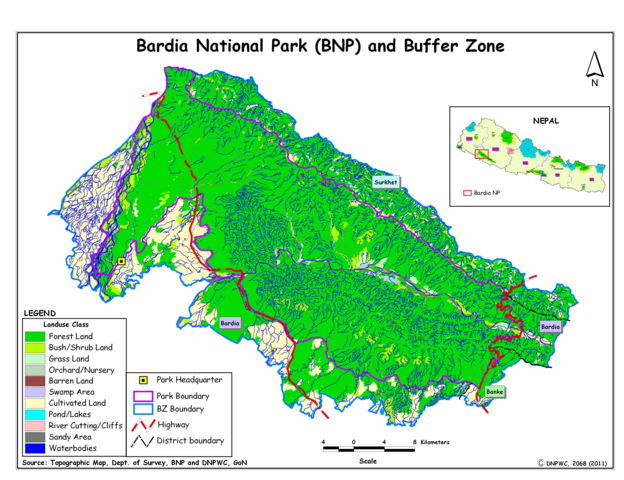
Description
The Bardiya National Park, also spelled Bardia, is a protected area in Nepal that was established in 1988 as Royal Bardia National Park.
In 1815, Nepal lost this region to the East India Company through the Sugauli Treaty. For 45 years it was a part of British India and returned to Nepal in 1860 in recognition for supporting the suppression of the Indian Independence movement in 1857. Today, this annexed area is still called Naya Muluk meaning new country. An area of 368 km2 (142 sq mi) was set aside as Royal Hunting Reserve in 1969 and gazette as Karnali Wildlife Reserve in 1976. In 1982, it was proclaimed as Royal Bardia Wildlife Reserve and extended to include the Babai River Valley in 1984. Finally in 1988, the protected area was gazette as national park.
The approximately 1500 people who used to live in this valley have been resettled elsewhere in Bardiya district . Since farming has ceased in the Babai Valley, the natural regenerated vegetation makes the area a prime habitat for wildlife.
About 70% of the park is covered with forest, with the balance a mixture of grassland, savannah and riverine forest. The flora recorded in the park comprises 839 species of flora, including 173 vascular plant species comprising 140 dicots, 26 monocots, six fern, and one gymnosperm species.
A group of gharials and a mugger on a sand bank of the Karnali River The wide range of vegetation types in forest and grassland provides excellent habitat for 642 faunal species. The Karnali-Babai river system, their small tributaries and myriads of oxbow lakes is habitat for 125 recorded species of fish and mugger crocodiles. A small population ofgharial inhabits the rivers. Apart from the crocodiles, 23 reptile and amphibian species have been recorded.
The Bardiya National Park is home to at least 53 mammals including rhinoceros, wild elephant, Bengal tiger, swamp deer, and Gangetic dolphin.
Rhinoceros: Translocation of rhinos from Chitwan to Bardia National Park commenced in 1986, with 58 individuals relocated until 2000. From 1994 to 2000, hunters have been unsuccessful at poaching rhinos. In April 2000, there were 67 rhinos in the park, most of them resident in the Babai Valley. In May 2006, a reconnaissance survey was carried out in the Babai River floodplain, which revealed an alarming decline in the rhino population. Poaching was suspected to be the main cause of this decline. Subsequent surveys in 2007 and 2008 have confirmed the complete disappearance of rhinos from Babai Valley. In different habitats of the Karnali floodplain 25 rhinos were recorded based on direct observation and indirect signs of rhino dung and tracks. They were mostly congregated in the floodplain grassland, riverine forest and wetlands. In March 2008, only 22 rhinos were counted, and two of them have been poached since the count.
Elephants: In 1985, two large elephant bulls were spotted for the first time in the park, and named Raja Gaj and Kanchha. They roamed the park area together and made occasional visits to the females. Raja Gaj stood 11.3 ft (3.4 m) tall at the shoulder and had a massive body weight. His appearance has been compared to that of a mammoth due to his high bi-domed shaped head. His forehead and domes were more prominent than in other Asian bull elephants. In 1993, five elephants were seen entering the park, and one year later another 16 individuals arrived. A population count in summer 1997 revealed 41 resident individuals.[9] In 2002, more than 60 individuals were estimated to reside in the Karnali floodplain and the Babai Valley.[10]
Birds: Peacock displaying his plumes
Current checklists include 407 bird species, among them the Bengal florican, white-rumped vulture, peafowl, and bar-headed geese, which are symbolic of the park. Lesser florican, silver-eared mesia and Sarus crane have also been sighted.
Bardiya Natinal Park falls between Butwal and Mahendranagar, Royal Bardia National Park admission per day foreigner/SAARC/Nepali Rs 500/200/20) is the largest untouched wilderness in the Terai. The park protects 968 sq km of sal forest and whispering grassland, bordering the Geruwa and Karnali Rivers. The atmosphere is wonderfully tranquil and with the current slump in tourism, you may well have the whole place to yourself.

